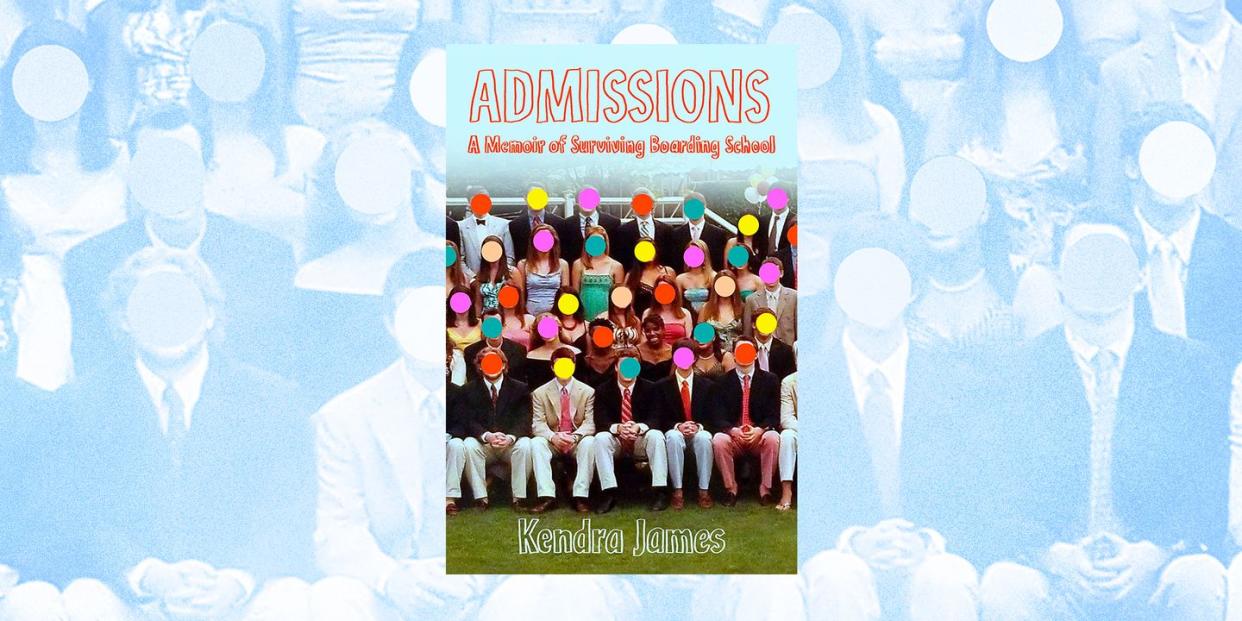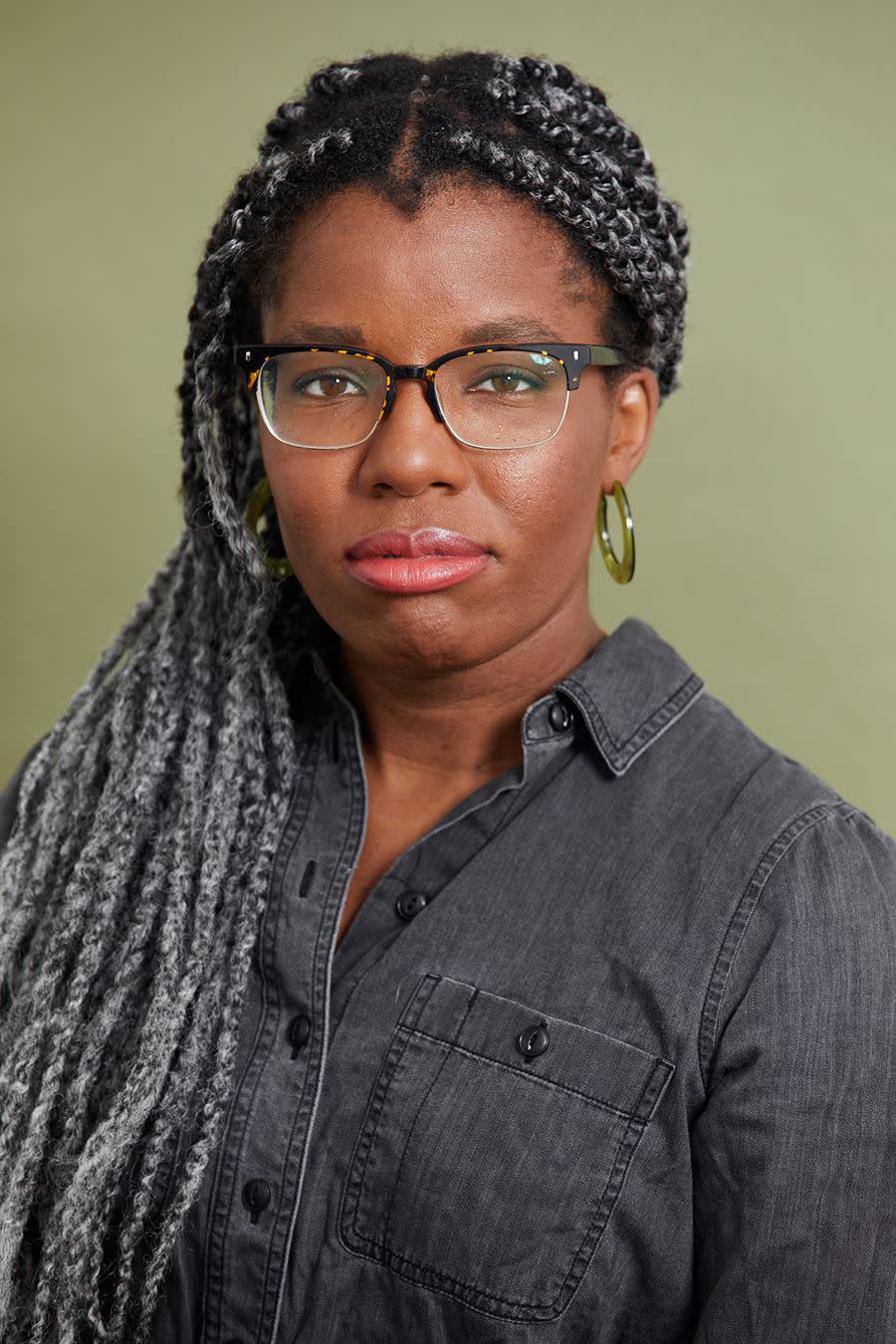Is It Time To Reconsider Boarding School's Place in Pop Culture?

During my senior year at the Taft School, a boarding school in Connecticut, I enrolled in a class called Boarding School Literature. The self-referential nature of the topic was apparent from the jump, and it made the class seem like a bit of a joke, an easy option to help seniors coast toward graduation.
The assumption that we would be reading about the familiar was correct. We were assigned books like A Portrait of the Artist as a Young Man, Prep, Old School, and, for the umpteenth time, The Catcher in the Rye, and I wrote papers about the ways boarding schools played with the concepts of memory and nostalgia. I eventually returned to these topics in my own boarding school memoir, Admissions, writing about trying to fit in as a Black student during my three years at Taft.

In the class, where I was among only two or three Black kids, we were assigned just one book even somewhat like the one I would eventually write, though. When Mr. Gregory handed us Lorene Cary’s Black Ice, I was excited to have my own relatable moment with the book, which was about Cary’s experience as a young Black girl transferring from public school in Philadelphia to become a scholarship student at St. Paul’s in the 1970s. Her story was more akin to my father’s Taft experience than my own, but I devoured it anyway. It was the closest I would get to seeing myself represented in a class where we all existed physically, yet not on the page.
Variety still isn’t there in the boarding school literature space, or in the wider media in general. While teens of all races and backgrounds are welcome to arrive at fictional boarding schools specializing in supernatural abilities, it’s rare to see creators step outside of white narratives—especially white male narratives—when it comes to telling stories about these elite institutions. Even before I’d written Admissions, I knew I wanted to add to the canon; almost everything I wrote, though it was fiction, took place in a boarding school, following teenagers who grew up too quickly.
One could argue that there are better points of focus for writers than schools sitting on half-billion-dollar endowments. It’s 2022, after all, and these stories have already been told. But Black and brown students are at these schools, and they deserve the same variety of stories told as their white contemporaries. The same is true for students who identify as queer; they should be able to read about more than just the “homoerotic undertones” found in classics like A Separate Peace (which we also read that year).
I doubt Admissions will speak to every Black girl’s experience inside the walls of these places. But I like to think of Admissions as a new version of the experience. Our journeys are as varied as the many that have already been written about by the white men who have trod the same halls. It’s high time we’re seen there— both physically and on the page.
This story appears in the February 2022 issue of Town & Country. SUBSCRIBE NOW
You Might Also Like

